Horizon scanning is an essential tool for policymakers, explained European Commission vice president Maroš Šefčovič
The public sector has a lot to learn from corporate risk managers, acknowledged European Commission vice president Maroš Šefčovič in his address to FERMA Talks.
“What we are trying to do at the Commission is identify the risks and prepare for the best possible way for the next shock or crisis heading our way,” he said.
“As a public institution we are convinced and we have taken up the challenge to embed strategic foresight into our policymaking.”
Future gazing to identify where the next major shock may arise is part of the challenge.
“Both policymakers and businesses need to keep eyes open for what is coming,” said Šefčovič. “It’s about improving situational awareness to spot a change that would affect our risk landscape.”
“That ability to peak over the horizon is something you the private sector are using a lot. Your companies owe a lot to risk managers and their ability to scan the horizon.”
The European Union’s ‘Ministers for the Future’ network is all about working collaboratively to better anticipate future threats and improve resilience and designing better public policies at a Member State level, he explained.
The Commission’s second annual Strategic Foresight Report focuses on the global megatrends that will affect the EU in the coming decades, including: climate change, technological acceleration and digitisation and major economic, geopolitical and demographic shifts.
It identifies the following 10 strategic areas that are needed to ensure the EU’s continuing freedom and capacity to act in the decades to come:
- Ensuring sustainable and resilient health and food systems
- Securing decarbonised and affordable energy
- Strengthening capacity in data management, artificial intelligence and cutting edge technologies
- Securing and diversifying supply of critical raw materials
- Ensuring first-mover global position in standard-setting
- Building a resilience and future-proof economics and financial systems
- Developing and retaining skills and talent matching EU ambitions
- Strengthening security and defence capacities and access to space
- Working with global partners to promote peace, security and prosperity for all
- Strengthening the resilience of institutions
“In terms of the green transition we need a lot of investment,” said Šefčovič. “€470 billion per year is needed to reach climate and environmental targets and that involves a huge mobilisation of private capital.”
“Climate change and environmental degradation have direct impact on financial stability. It you look at last summer and the devastating fires and floods, along with the impact on energy prices… it is very important to underline that only 30% of all economic losses are currently insured, leaving a massive gap.”
Recent proposals to revise the EU’s Solvency II regulatory framework explicitly aims to encourage new and innovative disaster risk financing strategies in order to close the protection gap and ensure the sector’s ongoing stability, he said.
Blog: FERMA Talks Conference 2021 Daily News Summary
- 1
- 2
- 3
- 4
- 5
- 6
- 7
 Currently reading
Currently readingFERMA Talks: Channelling strategic foresight
- 8
- 9
- 10














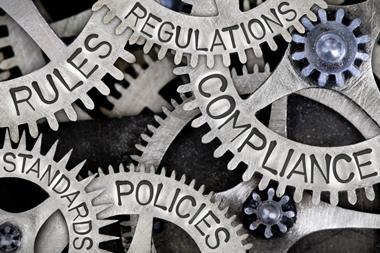
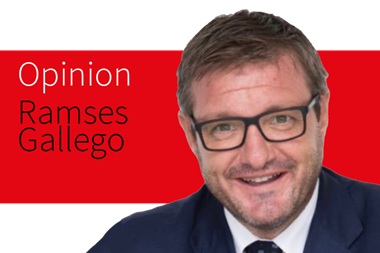
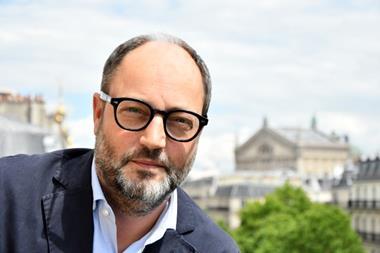
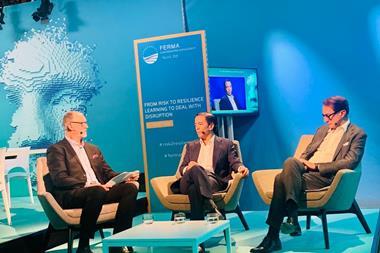
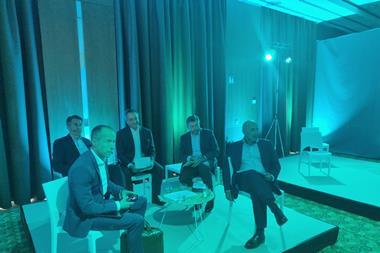
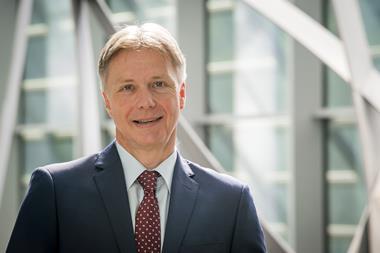
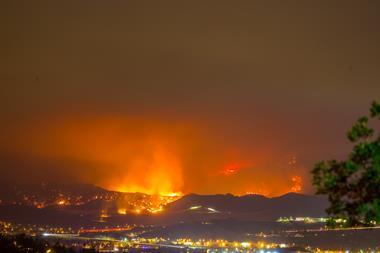








No comments yet